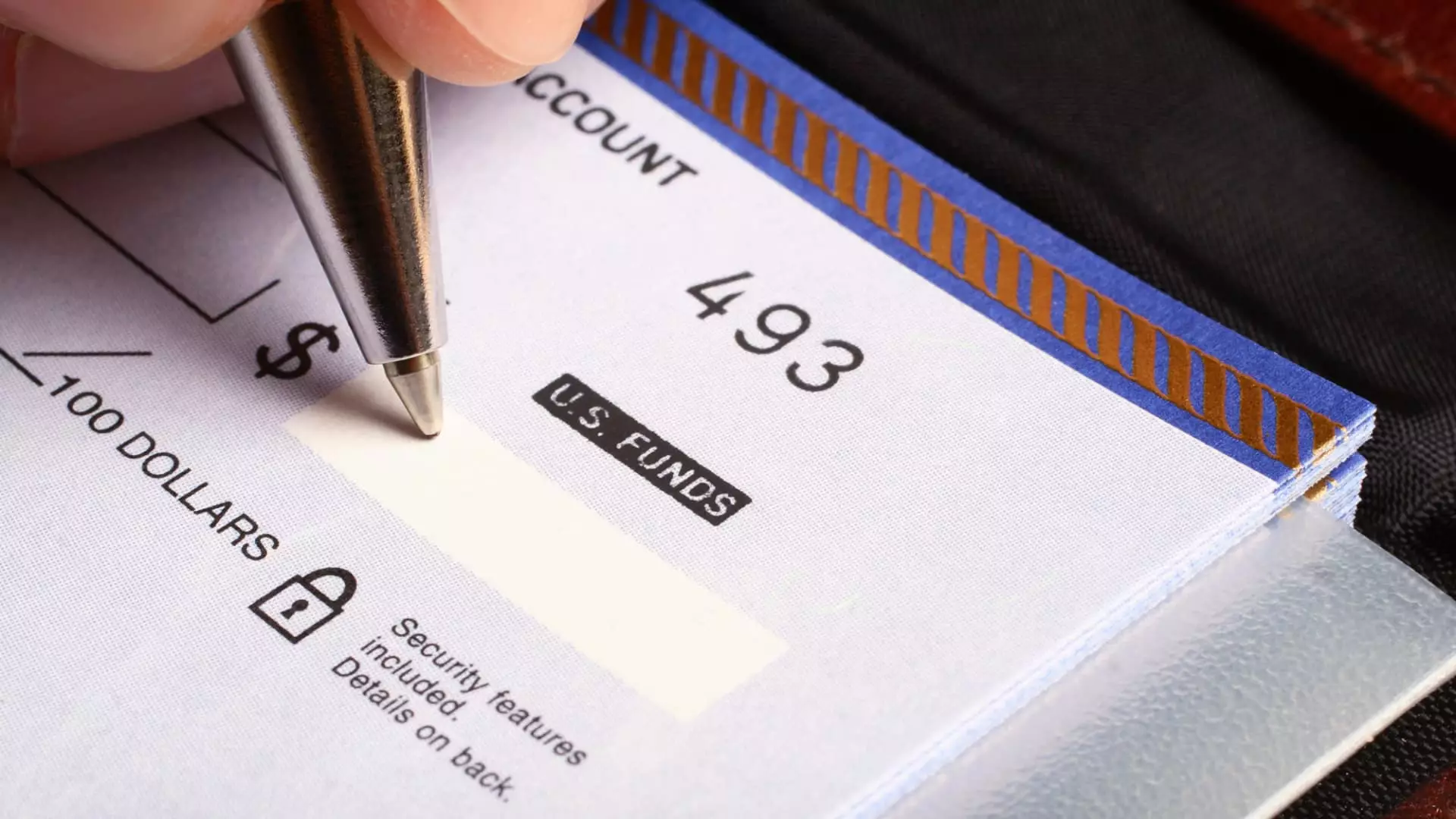In an era defined by digital transformation, the recent mandate from President Trump to eliminate paper checks in favor of electronic payments signifies the final nail in the coffin for this antiquated practice. The executive order signed on March 25, 2020, represents not just a policy shift but a necessary evolution in how the U.S. government manages its monetary affairs. Unlike the incremental decline that paper checks had been experiencing for years, this decisive action accelerates an inevitable transition and has profound implications on a multitude of fronts.
With a deadline of September 30 set for all federal agencies to adapt their payment methods, this push towards digital payments is underpinned by very real concerns regarding efficiency and security. The old paper check system is riddled with inefficiencies, thriving fraud, and potential losses; statistics suggest the federal government risks enormous financial losses due to fraudulent activities. A 2024 report estimated the potential loss ranged from $233 billion to $521 billion annually, reinforcing the gravity of maintaining the status quo.
The Benefits of Digital Payment Systems
Switching to electronic payments opens a new frontier in transaction efficiency. Electronic payments are not only faster but also far more secure, thereby minimizing the myriad risks associated with paper checks, such as identity theft and mail fraud. The U.S. Treasury will frequently encounter less bureaucratic red tape, which can only foster a more productive environment where taxpayers’ money is managed with due diligence.
Moreover, adopting electronic payment methods, from direct deposit to digital wallets, offers greater convenience for recipients. It eliminates the painstaking processes of manually depositing checks, waiting for clearances, and dealing with the uncertainties related to lost or stolen payments. Digital transactions can happen in real-time, ensuring individuals receive their funds with swiftness and reliability. For businesses and consumers alike, this shift is not merely a sign of progress—it is a necessity.
Vulnerabilities and the Digital Divide
However, this digital modernization presents a double-edged sword. While efficiency and security are dominant concerns, we must not ignore the critical issue of accessibility. Vulnerable populations—such as low-income households, the elderly, and those lacking internet access—risk being left behind in a world that moves increasingly toward digital finance. Many Social Security recipients are among those most likely to be negatively impacted by this new wave of payments; after all, a significant percentage of the elderly still rely on paper checks due to various barriers preventing them from accessing online banking or digital payment systems.
Herein lies an ethical quandary; the government should, at all costs, prioritize inclusivity as we march toward an electronic future. The call for a “check zero” world must be accompanied by measures ensuring that all citizens have access to devices, internet connectivity, and resources for financial literacy. Without these safeguards, the economic divide may only widen, leaving marginalized groups in a precarious situation.
The Generational Shift in Payment Preferences
Furthermore, it’s critical to consider societal changes influencing this paradigm shift. After the COVID-19 pandemic, many individuals gravitated towards contactless and digital payment methods, averting the physical exchange of cash and checks in their everyday lives. According to a 2024 survey by GoBankingRates, a staggering 46% of Americans reported not writing a check in 2023, with a mere 15% still using checks several times a month. Young adults are rapidly abandoning traditional banking methods, favoring platforms like Venmo, Zelle, and Apple Pay—essentially financial tools that double as personal wallets.
As this demographic slowly occupies the workforce and takes over key consumer roles, the traditional financial infrastructure built around checks will continue to crumble. As payments evolve, so does our understanding of financial security and convenience. The question is whether the financial infrastructure will catch up with these evolving preferences.
Looking Ahead: A Balanced Approach is Required
While some argue that checks still have a place, particularly in high-value transactions or charitable contributions, we must consider whether these exceptions justify maintaining an outdated payment method. The balance between modern technology and traditional methods should lean heavily towards innovation and inclusivity.
Ultimately, the complete abandonment of paper checks reflects more than just a shift in payment methods; it encapsulates a broader societal movement toward intangible, swift, and secure finance practices. As we accelerate towards this checkless future, we must ensure that no American is left behind in the drive to modernize our economy. Embracing electronic payments is not merely about convenience; it is a matter of integrity, accessibility, and economic equity.

